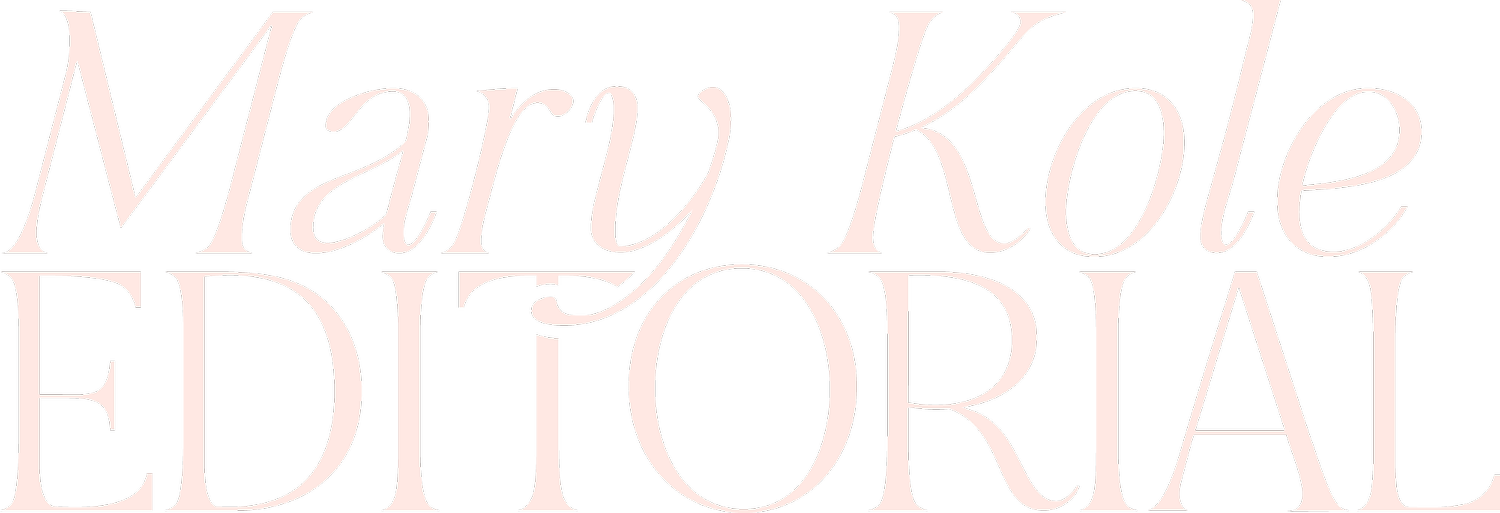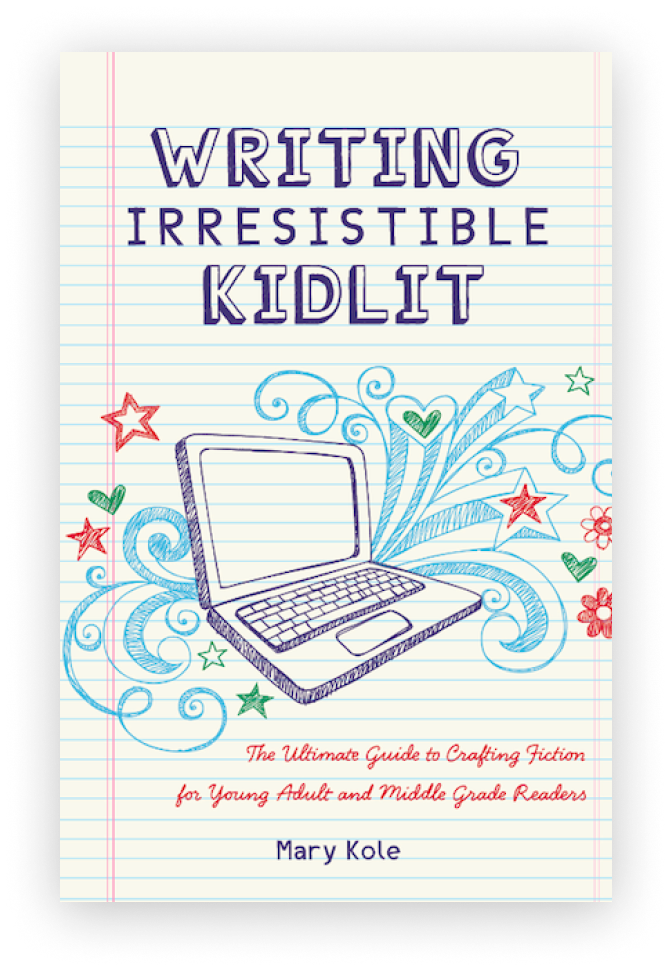Working with Character Archetype
By Mary Kole
Mary Kole is a former literary agent, freelance editor, writing teacher, author of Writing Irresistible Kidlit, and IP developer for major publishers, with over a decade in the publishing industry.
Aspiring writers often struggle with creating impactful, engaging, and relatable characters. It's no secret that readers crave robust character development, and fictional people who stay with them long after they put down the book. If you want your characters to stand out, then you can harness the power of archetype in your writing. In this article, I’ll explore all things archetype and how it can help elevate your writing to the next level.
What Is a Character Archetype?
In simple terms, a character archetype is a universally recognized symbol, theme, or character type. Archetypes have been around throughout history and have been used in storytelling across different cultures worldwide. They are ingrained in our collective unconscious, making them a powerful tool for writers to tap into for character development. After all, humans are a storytelling species, so why reinvent the wheel each time you want to write a novel?
When it comes to creating characters, a character archetype can offer a quick shorthand for readers to understand the motivation, objective, and personality traits of a character, especially the protagonist. For example, the "hero" character archetype represents bravery, altruism, and a willingness to face danger for the greater good. Using this archetype can instantly make a character relatable and add depth to their actions throughout the story. Readers will easily understand their worldview and value system, and be prepared to see the character tackle high stakes and story conflict in the service of their want and need.
Types of Character Archetype
There are several different types of archetypes to choose from, each with its own set of characteristics. The most common include the Hero, the Villain (otherwise known as the antagonist), the Mentor, the Sage, and the Innocent. Each archetype can also be adapted to fit your unique story and target audience. For instance, a "Magician" archetype might work well for a young adult urban fantasy novel, but not for a contemporary romance. (Though it could be fun for a romantic comedy.)
While archetypes can be a helpful starting point for character development, it's important to remember that they should not be your only tool for fleshing out your protagonist and secondary characters. To create truly memorable characters, you need to start with board strokes, but then flesh out your character archetype with unique, specific details that make them stand out. Consider the backstory, character motivation, flaws, and quirks that make a character feel alive and multi-dimensional.
Using a Character Archetype
Archetypes can also offer opportunities for plotting and pacing. By using common archetypes, you can create a story arc that readers are already familiar with, which can make for a more satisfying reading experience. Put characters with different character archetype blueprints together into conflict and scene. Have them chase after the same objective. Archetypes can also provide a story framework for introducing plot twists and surprise character reveals, all while staying within the reader expectations of the target audience.
Unfortunately, many writers also fall victim to common mistakes when it comes to the use of a character archetype. One of the most significant errors is relying too heavily on archetypes to the point where characters feel formulaic, stereotypical, or one-dimensional. Another mistake is forcing an archetype into a story where it doesn't fit or trying to combine multiple archetypes into one character. It's essential to strike a delicate balance between using character archetype as a helpful tool and relying on this technique too heavily. Consider your genre, writing style, and writing tone, and let these factors inform your decisions. You also shouldn’t try to do too much in one story, or throw all of your book ideas into one manuscript.
Character archetype is a potent writing tool that writers can use to create impactful, memorable characters. By understanding the different archetypes available and how to use them effectively, you can take your writing to the next level. Remember to use archetypes as a starting point for character development, but always add unique, specific details to make your characters stand out. With proper use of the character archetype modality, you can craft stories that resonate with readers long after they've turned the final page.

Click here to purchase Writing Irresistible Kidlit, my book on fiction craft for MG and YA novels, out from Writer's Digest Books. This will show you my writing craft philosophy and give you lots of valuable advice, including tips for the novel revision process and self-editing. There are over 35 example novels cited and discussed throughout. It’s a valuable resource for any writer’s toolkit.
Click here to purchase Irresistible Query Letters, my book on query letters, including over forty examples with comprehensive notes on each one. There’s a ton of submission advice, best practices, and insider information in these pages, and you’ll really enjoy seeing what other writers are doing in the slush.




